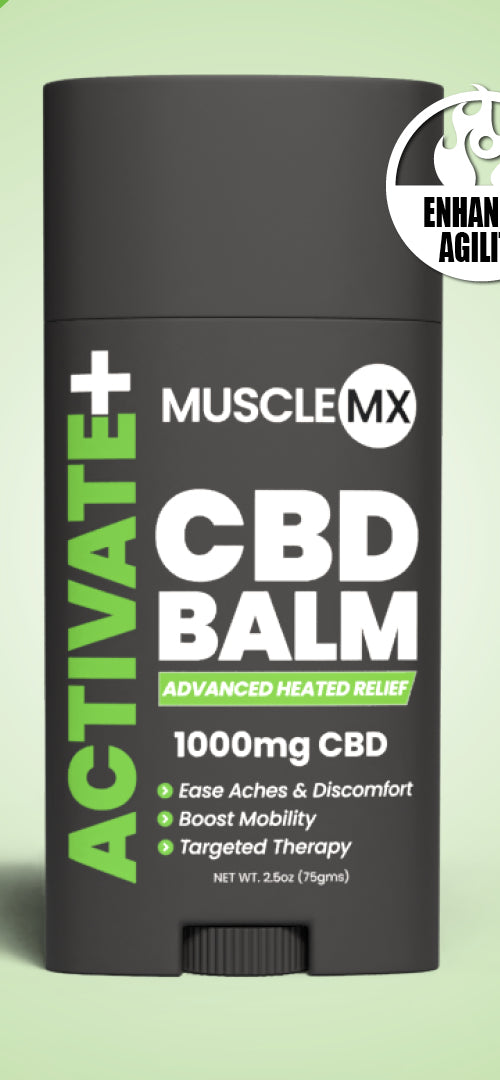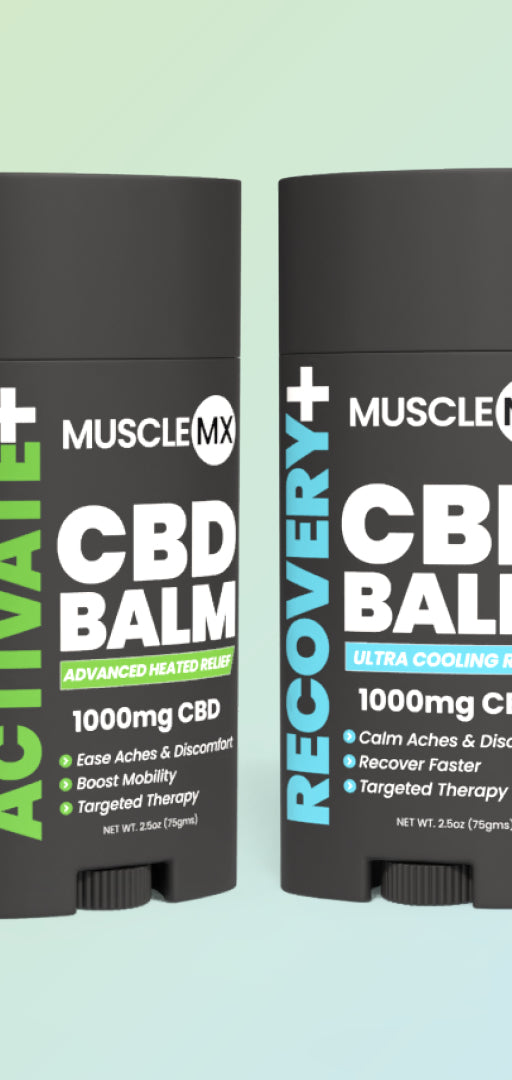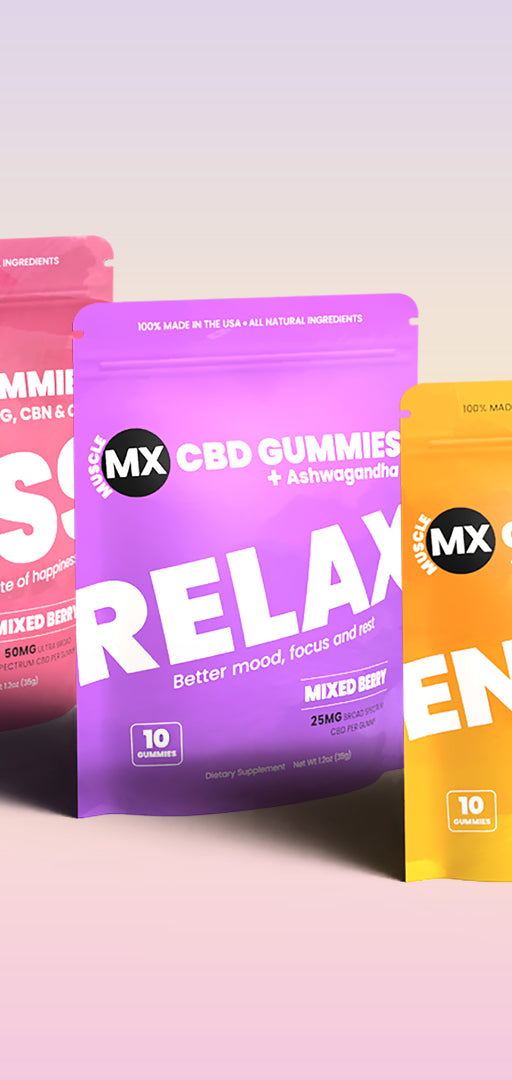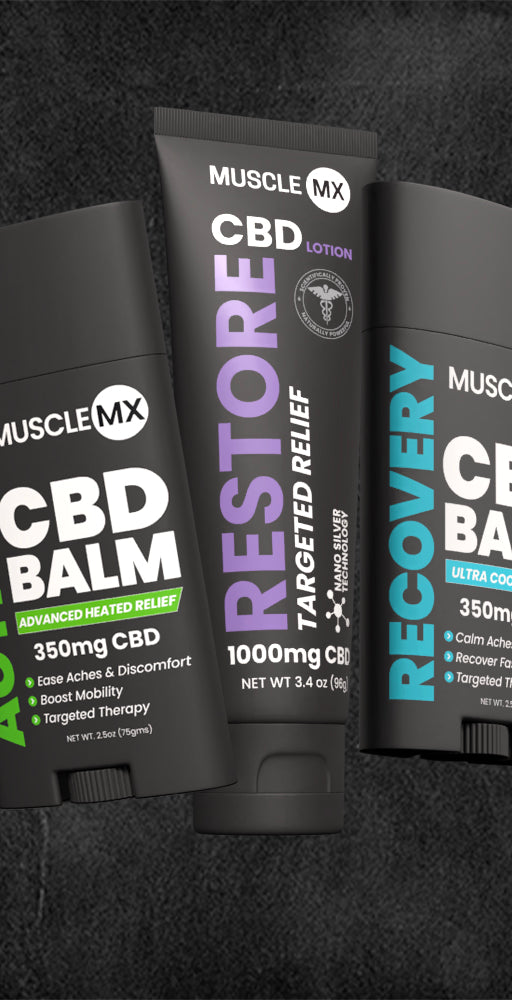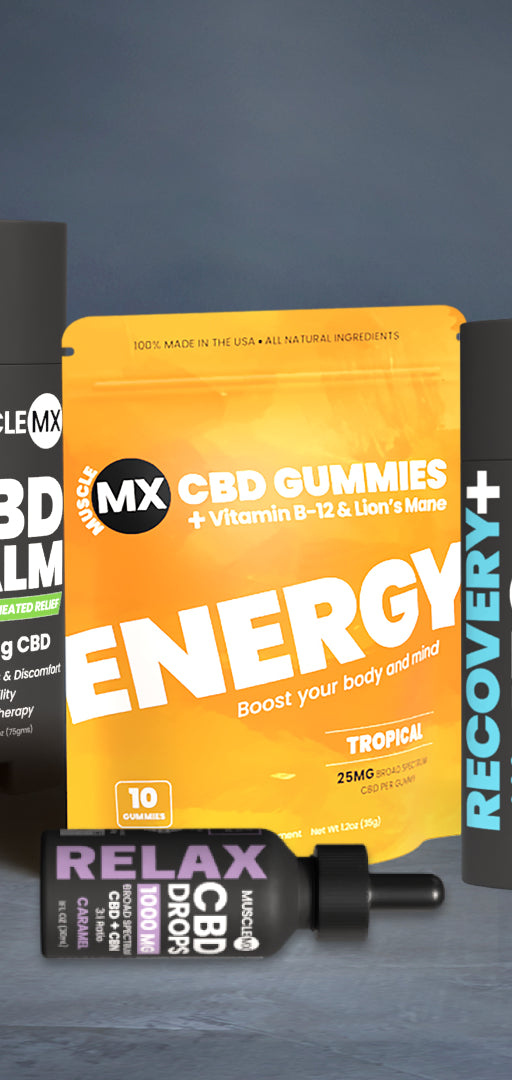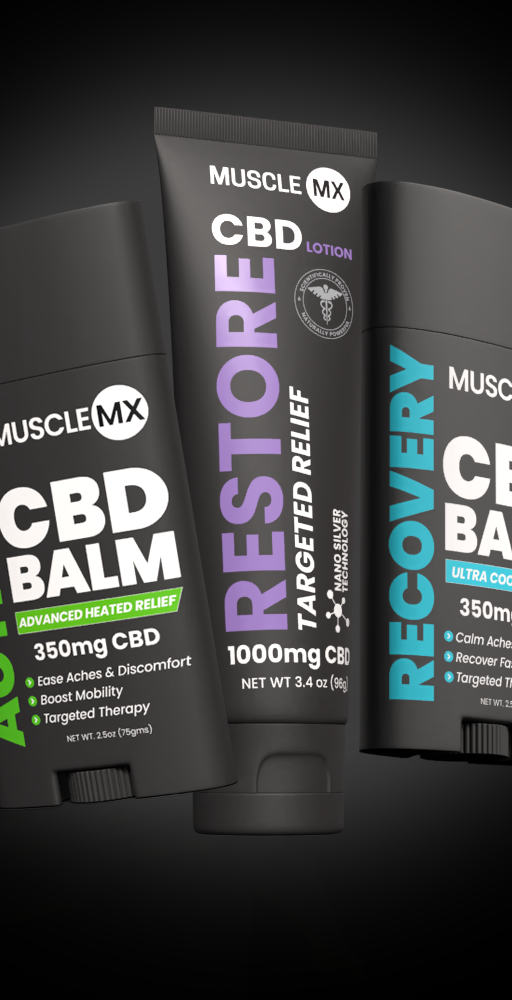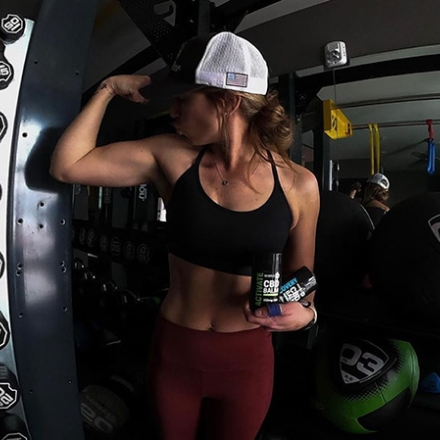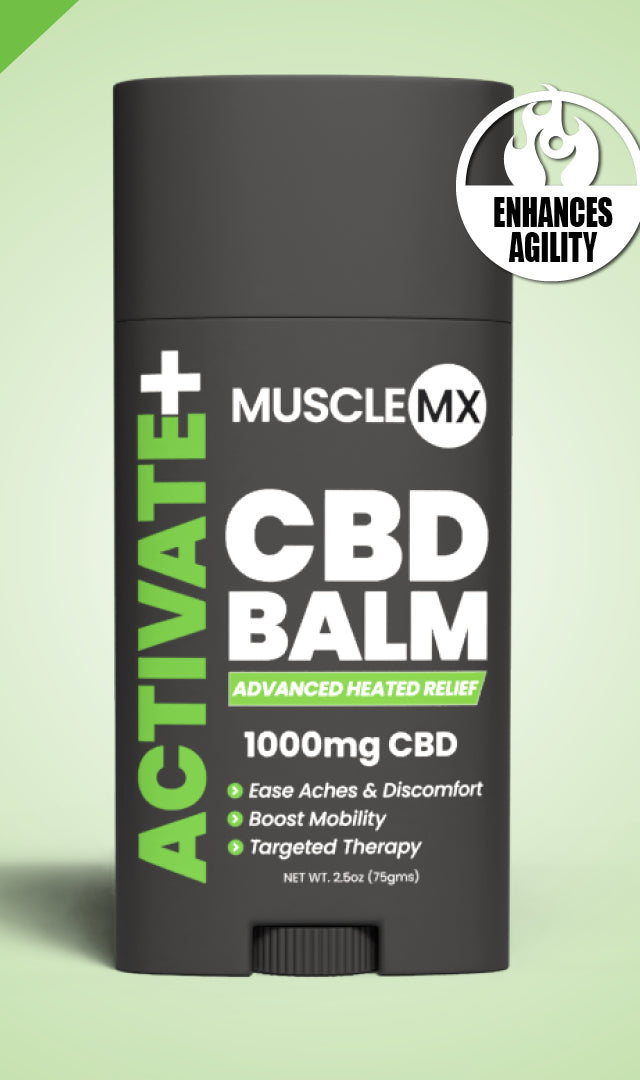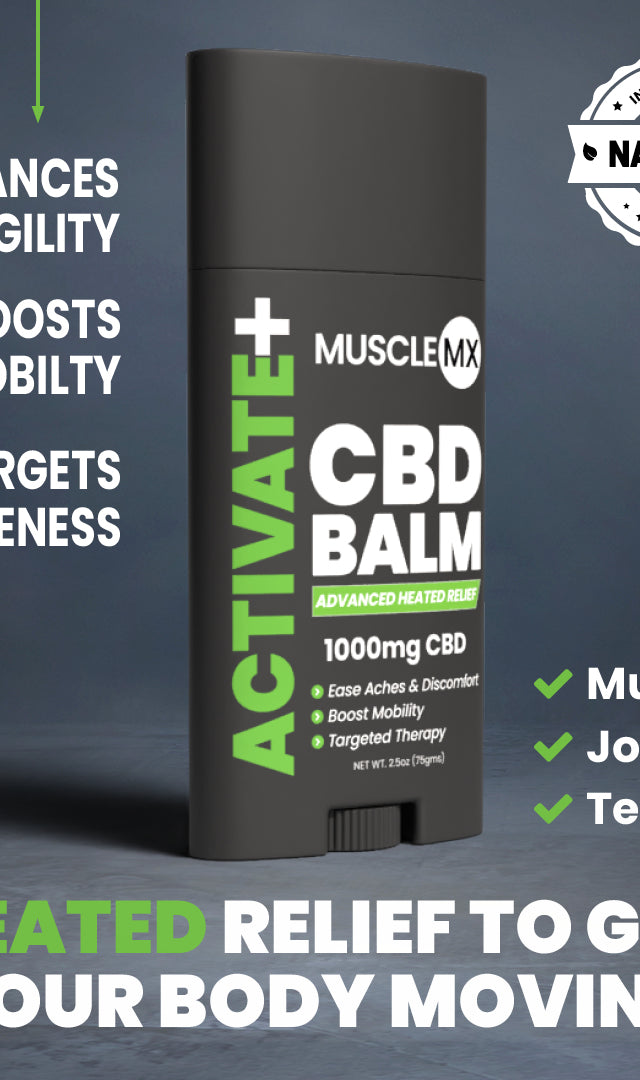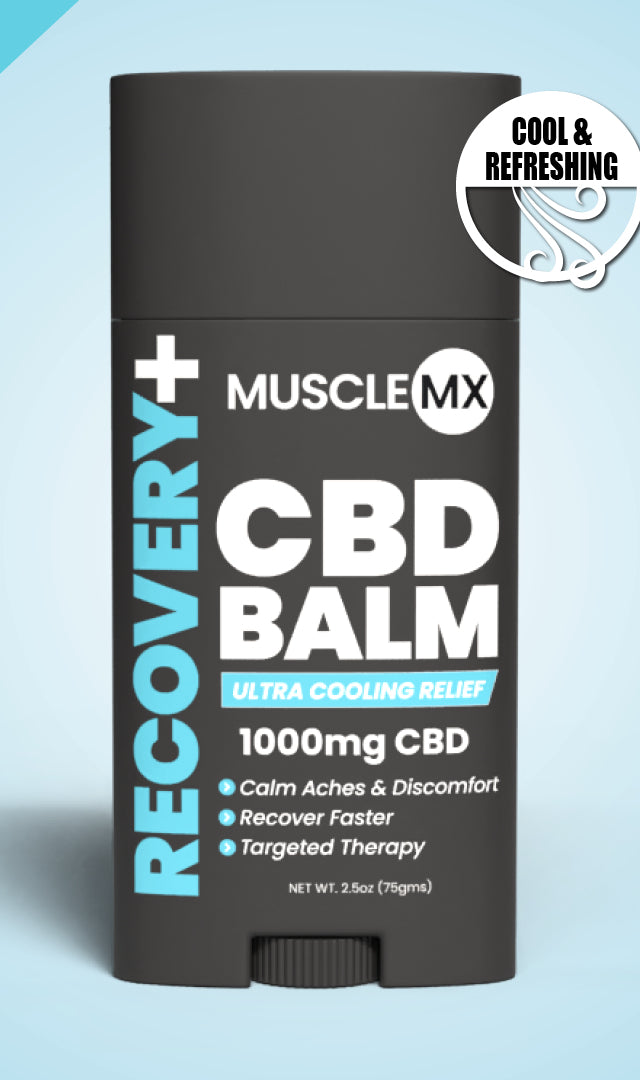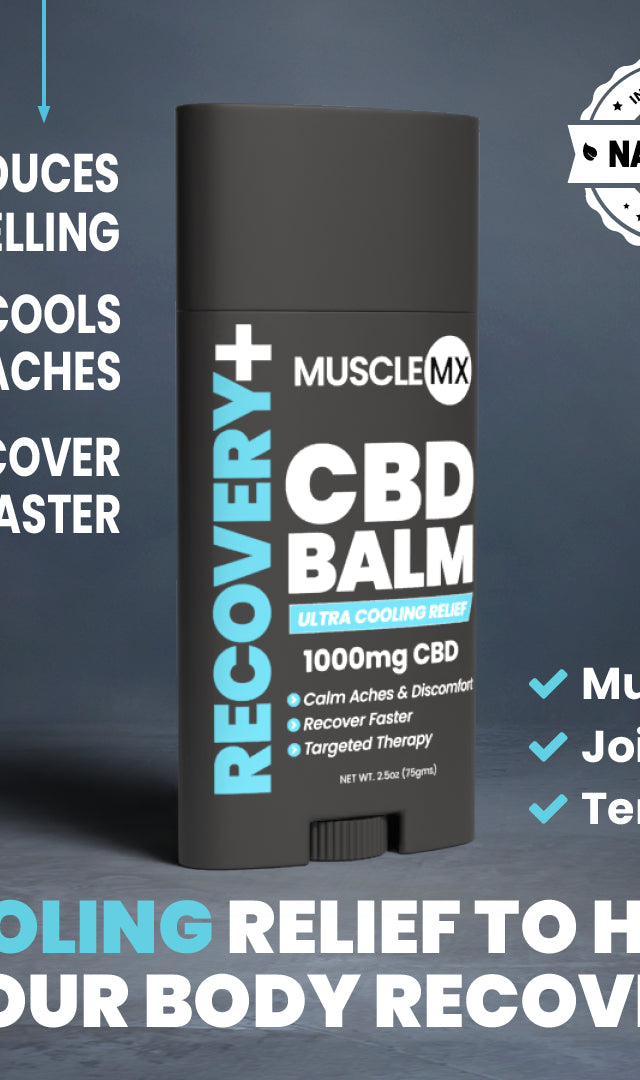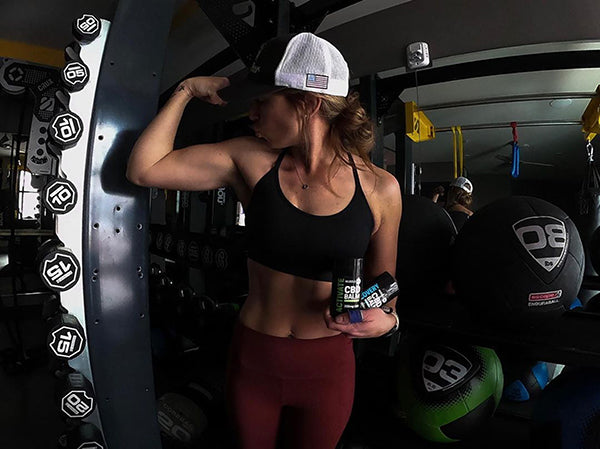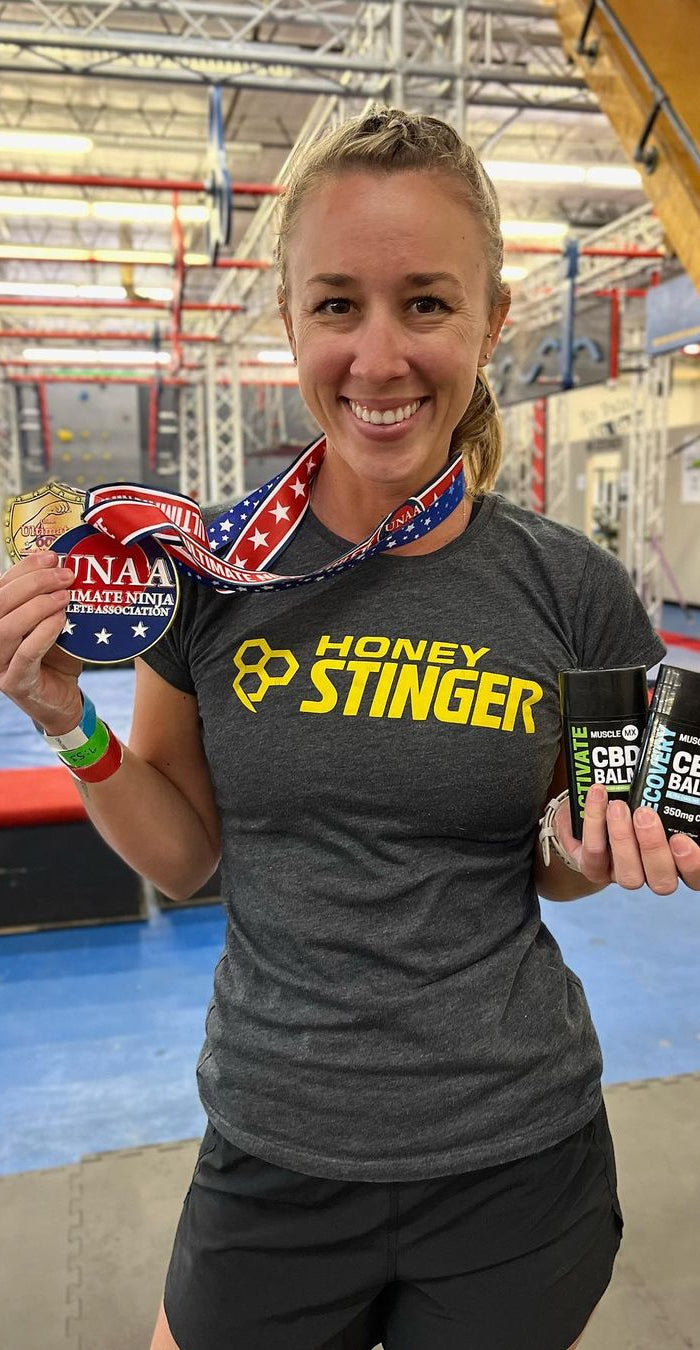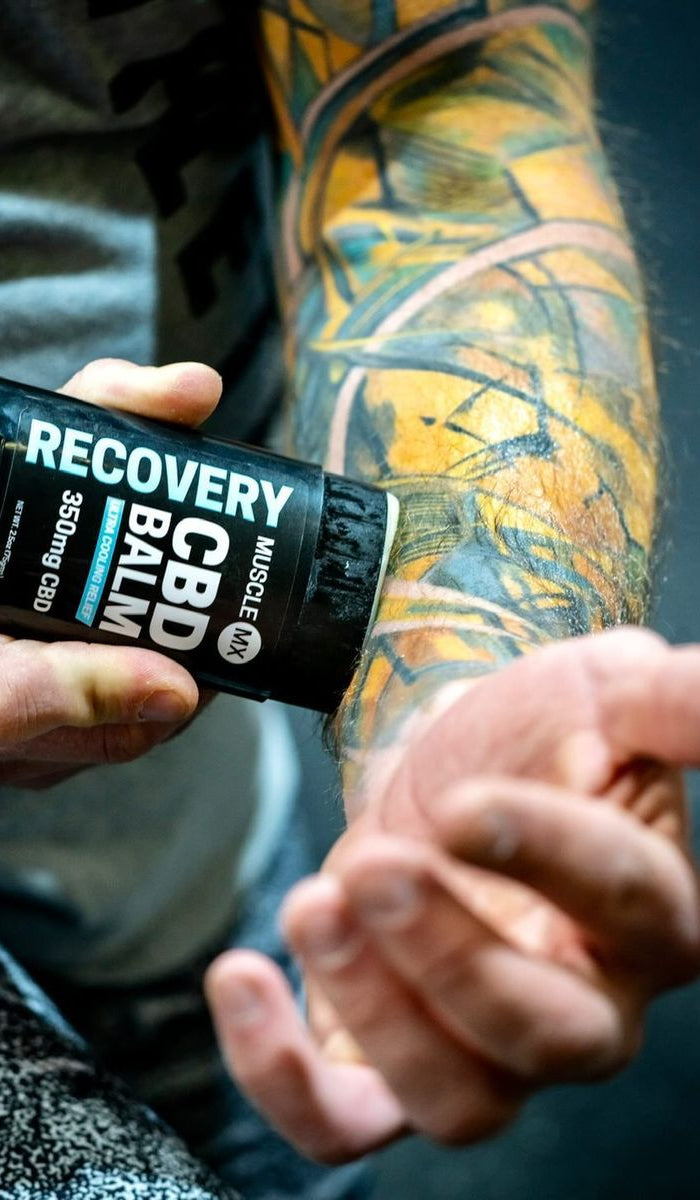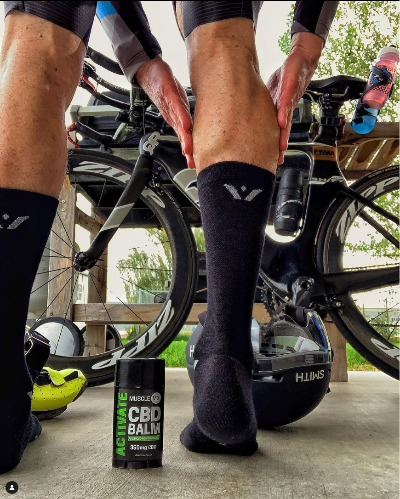How to Make Time for Exercise with a Busy Schedule: A Busy Professional's Guide
Key Takeaways
Here are the essential strategies busy professionals need to successfully integrate exercise into their packed schedules:
-
Embrace "always something" over perfection - Even 10-15 minute activity bursts provide meaningful health benefits when done consistently throughout the day.
-
Transform existing activities into exercise opportunities - Use your commute for walking/cycling, turn meetings into walking sessions, and exercise during lunch breaks.
-
Prepare your environment for success - Pack gym bags the night before, keep workout gear at your desk or car, and use dual-purpose backpacks to eliminate barriers.
-
Focus on consistency over intensity - Weekend warrior workouts combined with brief weekday sessions create a sustainable routine that adapts to changing schedules.
-
Start small and build momentum - Begin with just 10-15 minutes daily rather than attempting lengthy sessions that lead to burnout and abandonment.
The key insight is that exercise doesn't require finding "new" time in your schedule—it's about strategically incorporating movement into activities you're already doing. This approach eliminates the common excuse of not having enough time while building sustainable habits that compound into significant health benefits over months and years.
Introduction
"I don't have time for exercise" — sound familiar? It's probably the phrase we hear most when talking about staying active with a packed schedule. The Centers for Disease Control and Prevention tells us that only 20% of adults in the U.S. actually meet the recommended exercise guidelines each week.
Here's something worth thinking about, though. You have 24 hours each day, and roughly 8 of those are for sleep, which leaves you with 16 hours for everything else. The Department of Health and Human Services recommends adults get at least 150 minutes of moderate aerobic exercise weekly — that breaks down to just over 20 minutes per day.
The real issue isn't that you need more hours in your day. It's about taking 10-15 minutes from activities like scrolling social media, watching TV, or browsing online. Remember, even small amounts of physical activity can benefit your health in meaningful ways.
We'll explore practical strategies to help you fit exercise into your busy life, covering everything from shifting your mindset to setting up your environment for success. Whether you're running a business, raising kids, or juggling multiple responsibilities, these actionable solutions won't require you to turn your life upside down.
Let's learn more about making consistent exercise a reality, even when your calendar feels impossible to manage.
Shift Your Mindset About Exercise
How you think about exercise shapes whether you'll actually stick with it when life gets hectic. Before we dive into the practical strategies, we need to address the mental roadblocks that might be holding you back from building sustainable fitness habits.
Stop Aiming for Perfection
Perfectionism becomes one of the biggest enemies of regular exercise. Too many people abandon their workout routines because they set impossibly high standards or get trapped in an all-or-nothing mindset. Studies show that over half of adults abandon their fitness resolutions, with 23% giving up before January ends.
When you aim for perfection, you end up stuck in harmful cycles: spending too much time researching the "perfect" workout, putting off exercise because conditions aren't ideal, or getting discouraged by minor setbacks. Try adopting an "always something" approach instead. Focus on what you can do rather than what you can't. This mindset shift helps you keep moving forward, even when your schedule feels overwhelming.
Understand That Small Efforts Count
There's a persistent myth that workouts must last 60-90 minutes to be effective. That's simply not true. Research consistently shows that even short bursts of activity provide meaningful health benefits when you accumulate them throughout your day.
Studies demonstrate that breaking your 30 minutes of daily activity into three 10-minute sessions works just as well as doing it all at once. This is great news for busy professionals. A quick 10-minute walk during lunch, some morning stretches, and a brief strength session before bed all contribute to meaningful progress.
Focus on Consistency Over Intensity
High-intensity workouts certainly have their place, but research increasingly points to moderate, consistent exercise as the real key to long-term health. Consistency delivers benefits that compound over time — it's not about how hard you push in one session but how regularly you move your body over weeks, months, and years.
Building sustainable habits gradually proves far more effective than cycles of intense workouts followed by burnout. People who engage in regular, moderate exercise tend to live longer and enjoy a better quality of life. When you choose moderate exercise, you reduce your risk of burnout and transform movement from a dreaded obligation into an enjoyable, lifelong habit.
Working Exercise Into What You Already Do
Rather than searching for extra time, the smartest approach is weaving exercise into activities that are already part of your day. This eliminates the need to carve out "new" time from your schedule.
Turn Your Commute Into Movement Time
Your daily commute presents an untapped opportunity for physical activity. Studies show that regular cycling to work decreases all-cause mortality by approximately 30%. Daily walking or cycling commutes also lead to lower BMI, reduced body fat percentage, smaller waist circumference, and improved mental well-being.
Live too far away? Try getting off public transportation a few stops early and walking the rest of the way. Even a single trip distance of 3 km can lead to significant fitness gains in previously inactive people.
Make Your Meetings Mobile
Walking meetings offer an excellent way to incorporate movement into your workday. These outdoor discussions boost energy levels, enhance productivity, and stimulate creativity and innovation.
Walking meetings work best for small groups of 2-3 people. For success, notify participants in advance so they can wear appropriate footwear. Plan your route, considering factors like noise level and terrain. Walking sessions excel for brainstorming, one-on-ones, and problem-solving.
Use Your Lunch Break Wisely
Your lunch break offers prime time for physical activity. Professionals who exercise at lunch report feeling more productive throughout the afternoon, experiencing improved cognition, completing more work, and taking fewer sick days.
You can maximize this time through intensity — 15 minutes of high-intensity exercise equals roughly an hour of moderate activity. Combine exercises like squats with shoulder presses to work multiple muscle groups simultaneously.
Don't skip eating, though. Have a snack about an hour before your workout, then eat lunch afterward. Many gyms offer efficient 25-30 minute full-body workout routines specifically designed for lunch breaks.
Set Up Your Environment for Success
Setting up your environment properly can make the difference between sticking to your exercise routine and constantly making excuses. When you eliminate the small barriers that pop up daily, staying active becomes much easier.
Pack Your Gym Bag the Night Before
Preparing your gym bag the evening before works as a commitment to your future self that becomes harder to break when morning arrives. Pack your workout clothes, appropriate footwear, and any necessary accessories like water bottles or headphones. Don't forget post-workout essentials such as deodorant, clean clothes, and shower items.
Here's a tip that works well: keep a grocery bag inside your gym bag to separate dirty laundry from clean items. Some fitness professionals even suggest adding a dryer sheet to maintain freshness throughout the day. It's a small detail that can make a big difference.
Keep Workout Gear at Your Desk or Car
Storing exercise equipment strategically eliminates those last-minute excuses for skipping workouts. Keep a spare set of workout clothes at your workplace or in your vehicle. For post-workout storage at the office, consider a waterproof bag that contains moisture and prevents odors.
During warmer months, you can leave used workout clothes to air out in your car during the workday — just crack the windows for ventilation. This simple approach keeps your gear fresh and ready for the next session.
Use a Backpack That Fits Both Work and Gym Needs
A dual-purpose backpack eliminates the need to carry multiple bags, making your routine smoother. Look for designs with separate compartments for work essentials and exercise equipment. The ideal work-gym backpack includes a padded laptop sleeve, shoe compartment, and organization pockets.
Size matters when choosing your bag. A 20-30 liter capacity typically accommodates cardio workout needs, while weightlifting or CrossFit might require 30+ liters. Finding a professional-looking bag with functional features makes the transition between work and workouts seamless.
What Makes Exercise Habits Last Long-Term?
Creating fitness habits that stick requires building a system that can handle whatever life throws your way. Sustainable workout routines become the foundation for long-term success, especially when your schedule feels chaotic.
Weekend Workouts Can Be Just as Effective
Here's something that might surprise you: a recent study found that people who exercised only on weekends had mortality risks similar to those who worked out throughout the week, as long as their total activity levels were comparable. This "weekend warrior" approach offers a practical solution when your weekdays are packed.
You can schedule two substantial workouts on Saturday and Sunday, then add brief 10-15 minute sessions during weekdays whenever possible. You're concentrating your most demanding exercise when you actually have the time and energy to do it properly.
Mix Up Your Workout Types
Variety isn't just about keeping things interesting — it's essential for sustainable fitness. When you alternate between different workout styles, you prevent boredom, reduce injury risk, and develop well-rounded fitness. A balanced routine might include:
- Strength training (weights, bodyweight exercises) • Cardiovascular activities (running, cycling)
- Flexibility work (yoga, stretching) • Low-impact options (walking, Pilates)
Adapt Your Plan When Life Changes
Your exercise routine needs to be flexible enough to handle schedule changes. Prepare for transitions by gradually adjusting wake-up times and bedtimes a week in advance. Good sleep habits — like reducing technology use at least an hour before bed — can support your fitness efforts. Planning nutritious meals ahead of time also helps maintain your routine during busy periods.
Support Recovery Naturally
Recovery is what makes your workout routine sustainable over the long haul. CBD balm applied directly to worked muscles may help support recovery and reduce post-workout discomfort. These topical products typically contain between 500-2000mg of CBD, with popular options offering 800mg in a 60ml container. The physical act of massaging the balm into your skin provides an additional relaxation benefit after intense physical activity.
Understanding these recovery methods is important to maintain your fitness routine without burnout. Your wellness journey is uniquely yours, and finding what works for your body takes time and patience.
Final Thoughts
Fitting exercise into a busy schedule doesn't require massive time blocks or perfect conditions. It requires creativity, commitment, and a willingness to work with what you have. Throughout this guide, we've explored how small, consistent efforts can lead to meaningful results over time.
The journey starts with shifting how you think about exercise. Drop the perfectionism and embrace the "always something" mindset. Your body benefits from even brief movement sessions scattered throughout your day, and that's something worth remembering when life gets hectic.
Building exercise into your existing routine offers the most practical path forward. Whether you're walking during meetings, exercising at lunch, or turning your commute into an opportunity to move, these strategies help you stay active without sacrificing the things that matter most.
Preparation makes all the difference. When your gym bag is packed and your gear is ready, you eliminate the common barriers that can derail your best intentions. Simple steps like keeping workout clothes in your car or using a dual-purpose backpack can make staying consistent much easier.
For the long haul, weekend workouts combined with brief weekday sessions create a realistic approach that can adapt as your schedule changes. Variety keeps things interesting, and proper recovery — whether through rest, stretching, or supportive tools like CBD balms — helps ensure you can maintain your routine without burnout.
Everyone gets the same 24 hours each day. How you choose to use small portions of that time for physical activity will ultimately shape your health outcomes. Start with just 10-15 minutes daily, stay consistent, and watch how these small investments grow into significant benefits for both your body and mind.
Your wellness journey is uniquely yours, and the strategies that work best will be the ones that fit naturally into your life. The key is to start where you are, use what you have, and remember that something is always better than nothing.
FAQ's About How to Make Time for Exercise with a Busy Schedule
Q: How can I incorporate exercise into my busy work schedule?
A: You can integrate exercise into your daily routine by using your commute for physical activity, turning meetings into walking sessions, and exercising during lunch breaks. Keep a gym bag in your car or workout gear at your desk to make it easier to fit in exercise before or after work.
Q: Is it effective to exercise only on weekends if I'm too busy during the week?
A: Yes, the "weekend warrior" approach can be effective. Studies show that people who exercise only on weekends have similar mortality risks to those who work out throughout the week, as long as their total activity levels are comparable. Aim for two substantial workouts on weekends and supplement with brief 10-15 minute sessions during weekdays when possible.
Q: How much exercise do I need to do daily for health benefits?
A: The Department of Health and Human Services recommends adults get at least 150 minutes of moderate aerobic exercise weekly, which is about 20 minutes per day. However, even short bursts of activity throughout the day can provide meaningful health benefits. Focus on consistency rather than long workout sessions.
Q: What's the best way to prepare for workouts with a busy schedule?
A: Prepare your gym bag the night before, keep workout gear at your desk or in your car, and use a backpack that fits both work and gym needs. This preparation eliminates common barriers and makes it easier to transition between work and workouts seamlessly.
Q: How can I make my exercise routine sustainable in the long term?
A: To make your routine sustainable, rotate between different types of workouts to prevent boredom and reduce injury risk. Adjust your plan as your schedule changes, and consider using recovery tools like CBD balm. Remember, consistency is more important than intensity, so focus on regular, moderate exercise that you can maintain over time.
References
https://www.bronsonhealth.com/news/six-ways-to-find-time-for-the-gym-when-youre-busy/
https://www.mayoclinichealthsystem.org/hometown-health/speaking-of-health/fit-a-workout-into-any-schedule
https://www.heart.org/en/healthy-living/fitness/getting-active/no-time-for-exercise-here-are-7-easy-ways-to-move-more
https://nextbigideaclub.com/magazine/laura-vanderkam-11-proven-ways-squeeze-exercise-busy-schedule/8201/?srsltid=AfmBOoqmz92G--e26CqYEg2q-s22lFMSd_70BkJMXGJxYzveScacQ2Bi
https://bcmj.org/editorials/consistency-beats-intensity
https://www.psychologytoday.com/us/blog/in-practice/202406/7-ways-to-be-less-perfectionistic-about-exercise
https://memorialhermann.org/health-wellness/fitness/incorporating-health-exercise-busy-schedule
https://wellness.ucdavis.edu/article/mini-workouts-10-movements-to-stay-fit-when-busy/
https://www.texashealth.org/areyouawellbeing/Staying-Fit/Crunched-for-Time-Mini-Workouts-Can-Be-Just-as-Effective
https://nielsenfitness.com/why-consistency-matters-more-than-intensity-when-exercising-for-longevity/
